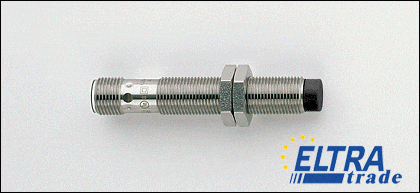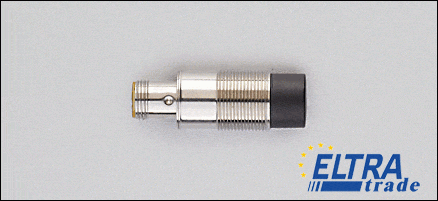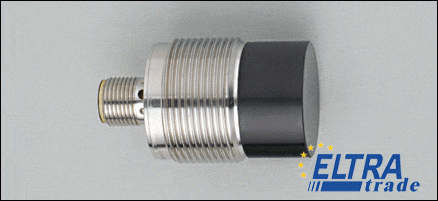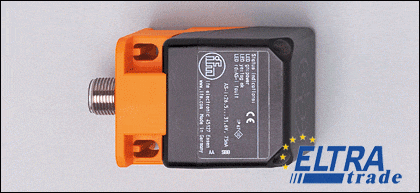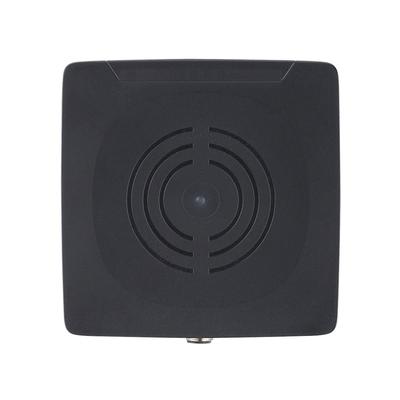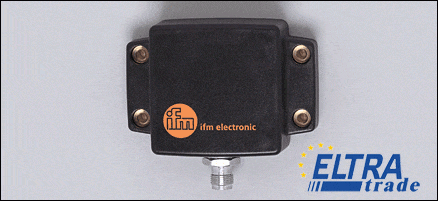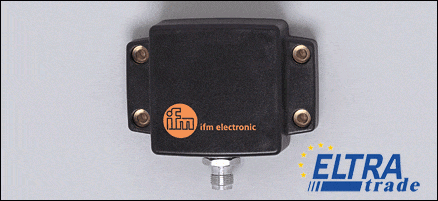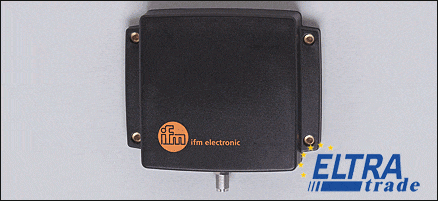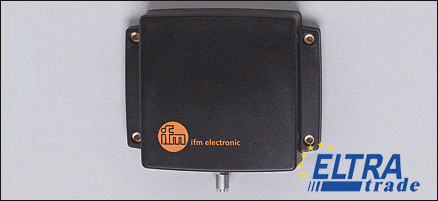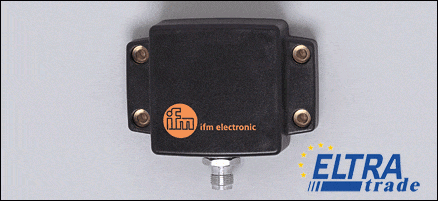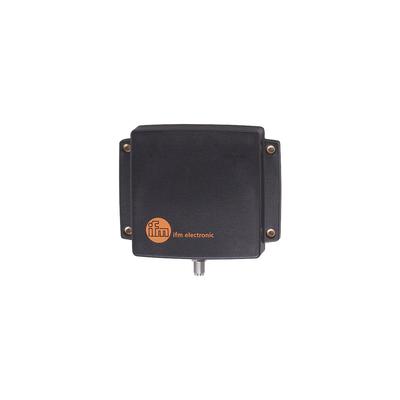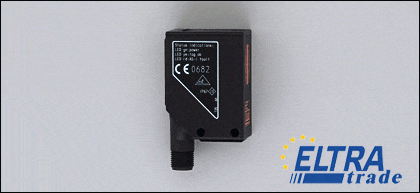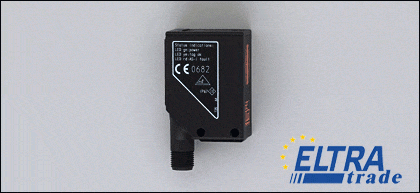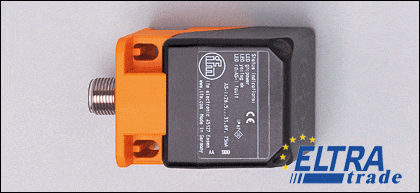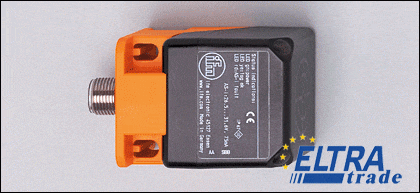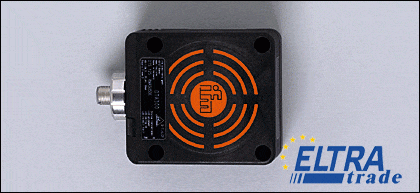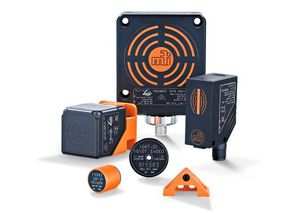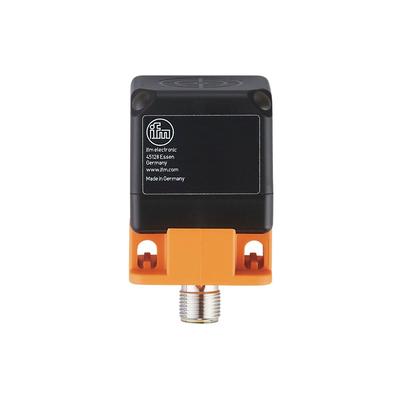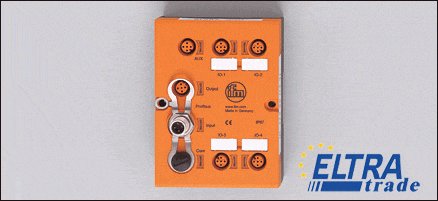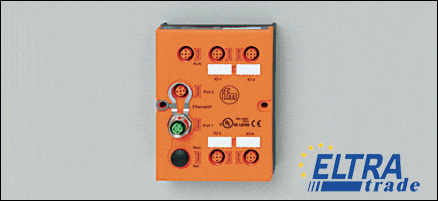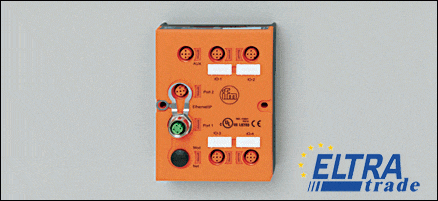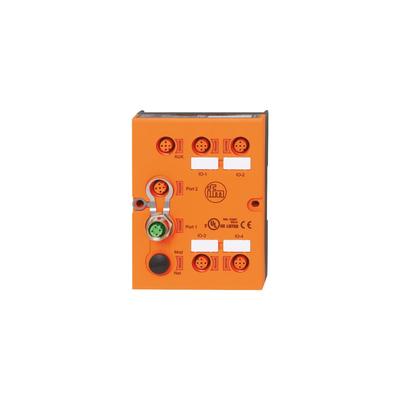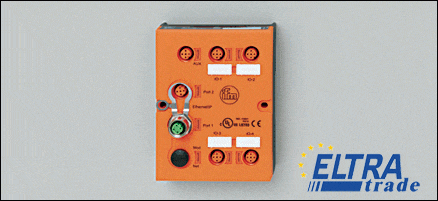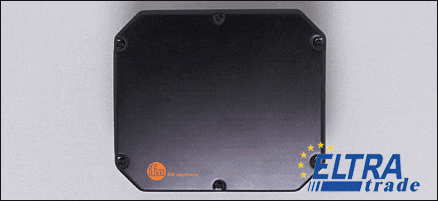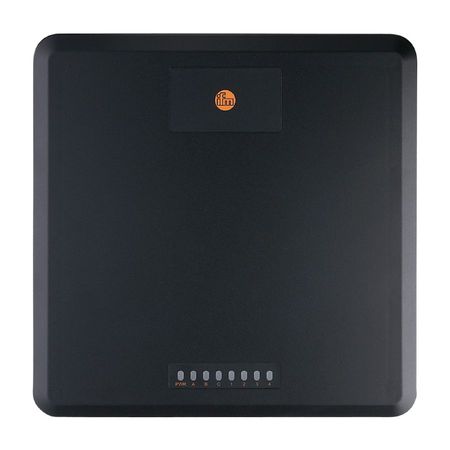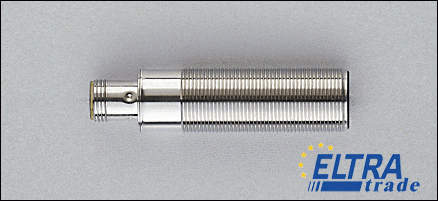IFM RFID
Read/write head, Cylindrical type, M12 connector
Read/write head, Cylindrical type, M18 x 1, M12 connector
Read/write head, Cylindrical type, M12 connector
Read/write head, Cylindrical type, M12 connector
Read/write head, Rectangular, plastics, M12 connector, 5 positions of the sensing face selectable
- Read/write head
- DC
- M12 Connector
RFID UHF antenna, Rectangular, plastics
RFID UHF antenna, Rectangular, plastics
RFID UHF antenna, Rectangular, plastics
RFID UHF antenna, Rectangular, plastics
RFID UHF antenna, Rectangular, plastics
DTRUHFA ADRWETTN04
Read/write head, Rectangular, plastics, AS-i, With integrated AS-i slave , profile 7.4, M12 connector
Read head, Rectangular, plastics, AS-i, with integrated AS-i slave , profile 7.3, M12 connector
Read/write head, Rectangular, plastics, AS-i, With integrated AS-i slave , profile 7.4, M12 connector, 5 positions of the sensing face selectable
Read head, Rectangular, plastics, AS-i, with integrated AS-i slave , profile 7.3, M12 connector, 5 positions of the sensing face selectable
Read/write head, Rectangular, plastics, AS-i, With integrated AS-i slave , profile 7.4, M12 connector
Read head, Rectangular, plastics, AS-i, with integrated AS-i slave , profile 7.3, M12 connector
DTSLF DCROASUS02
DTCHF MCRWCOUS03
RFID evaluation unit, for up to 4 read/write heads type ANT41x/ANT51x, 4 switch points
RFID evaluation unit, for up to 4 read/write heads type ANT41x/ANT51x, 4 switch points
RFID evaluation unit, for up to 4 read/write heads type ANT41x/ANT51x, 4 switch points
DTELF/HFABRWECUS00
RFID evaluation unit, for up to 4 read/write heads type ANT41x/ANT51x, 4 switch points
- RFID UHF reader
- Rectangular
- plastics
- M12 connector
RFID UHF sensor, Rectangular, plastics, M12 connector
- RFID UHF reader
- Rectangular
- plastics
- M12 connector
- DTEUHFEA_ABRWETUSTN04
- 24 DC V
- 700 mA
- 902…928 MHz
Read/write head, Metal thread, M18 x 1, M12 connector
RFID (Radio Frequency Identification) is a way to ensure the storage and transmission of information from a convenient tag carrier to the right place, using special devices. Such identification tags make it easier to recognize various objects: goods in a store, vehicles during transportation, help determine their location and can identify people and animals, not to mention the wide possibilities for identifying documents and property.
Today we will talk about IFM RFID devices.
RFID read/write heads
IFM RFID readers can be divided into:
- Hand-carried
- Mobile - mounted on vehicles
- Stationary - installed on fixed objects
Manual readers
As a rule, such readers are combined with data collection terminals. They have a shorter range (read and write) because they are limited by the power of the power source. If there is a wireless connection in the data collection terminal, there can be a constant exchange of data with the accounting system. Handheld readers are also capable of writing data to the tag (for example, information about the operation performed).
Mobile readers
Since such readers have a more powerful power source, their range and reading speed are greater than those of manual ones. However, they can also be equipped with wireless communication, providing real-time operation.
Stationary readers
This type of reader provides the highest possible performance in terms of range and speed. They connect to the system via an Ethernet network. These readers can work with different types of antennas.
What is Radio Frequency Identification?
Radio frequency identification (RFID) is modern technology, using which the information necessary for the unique identification of a particular object is remotely recorded or read from a label pasted or embedded in an object using radio waves.
Radio frequency identification (RFID) technology uses radio waves to automatically identify physical objects (both living beings and inanimate objects). Consequently, the range of objects that can be identified using RFID covers almost everything on the planet (and beyond). Thus, RFID is an example of automatic identification (Auto-ID) technology that can be used to identify a physical object. Other examples of Auto-ID are barcodes, biometric methods (such as fingerprinting and retinal scanning), voice identification, and optical character recognition (OCR) systems.
Classification of radio frequencies used by RFID
The classification of RFID frequency types is as follows:
- low frequencies;
- high frequencies;
- ultra-high frequencies;
- microwave frequencies.
Low frequencies (LF)
Frequencies between 30 and 300 kHz are considered low, and frequencies in the range of 125 to 134 kHz are commonly used in RFID systems. A typical LF RFID system operates at 125 kHz. RFID systems operating at low frequencies typically use passive tags.
Data from the tag to the reader is transmitted at low speeds, and they are especially well suited for working environments containing metals, liquids, various types of dirt, and snow (this is a very important characteristic of LF systems).
High frequencies (HF)
RF ranges from 3 to 30 MHz and a typical frequency used in RFID systems is 13.56 MHz. A typical HF RFID system uses passive tags.
Data is transferred from the tag to the reader at a low speed and provides good performance in the presence of metals and liquids.
Ultra-high frequencies (UHF)
UHF is in the range of 300 MHz to 1 GHz. A typical passive UHF RFID system operates at 915 MHz in the United States and 868 MHz in Europe. A typical active UHF RFID system operates at 315 and 433 MHz. Therefore, both active and passive tags can be used in a UHF system.
Data between the tag and the reader is transmitted at a high speed but does not provide high performance in the presence of metals and liquids (although not at the lower UHF frequencies of 315 and 433 MHz).
Microwave frequencies
Microwave frequencies are in the range above 1 GHz. A typical microwave RFID system operates on either 2.45 or 5.8 GHz (although the former is more common). It can use both active and semi-active tags.
The data between the tag and the reader is transferred at the highest speed and provides the lowest performance in the presence of metals and liquids.
How does IFM RFID work?
Before the system starts, the label must be applied or fixed on the object (object) that needs to be controlled. An object with a tag must pass the initial registration in the system using a stationary or portable reader. It is necessary to place readers with antennas at the control points for recording the movement of an object. This completes the preparatory phase.
Control over the movement of an object will consist in reading IFM RFID tags data at control points, for which it is enough for the tag to fall into the electromagnetic field created by the antenna connected to the reader. Information from the reader is transmitted to the management system and then to the accounting system, on the basis of which an accounting document is formed. During group reading of labels, the data of all read labels fall into one accounting document that records the movement of objects.
